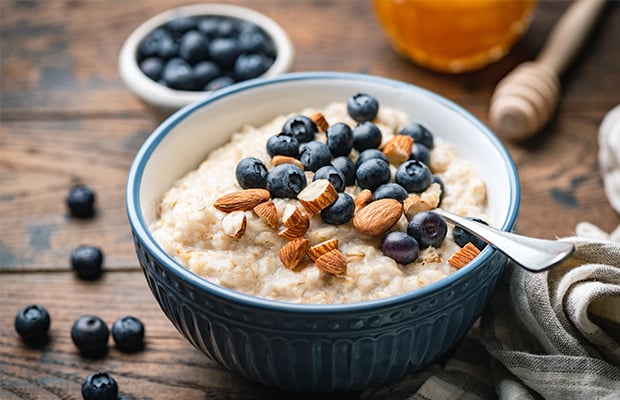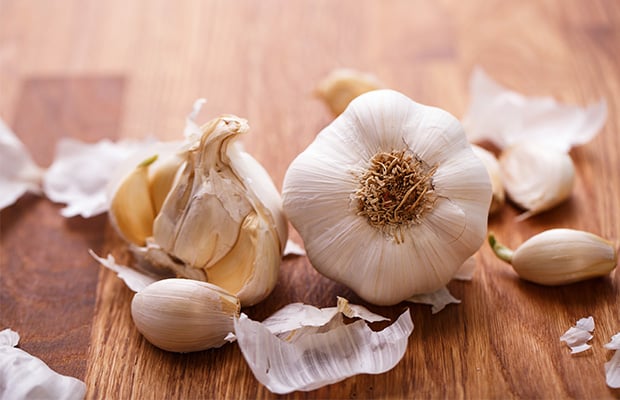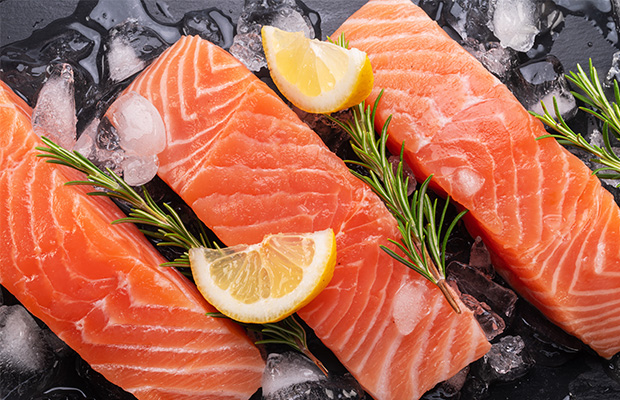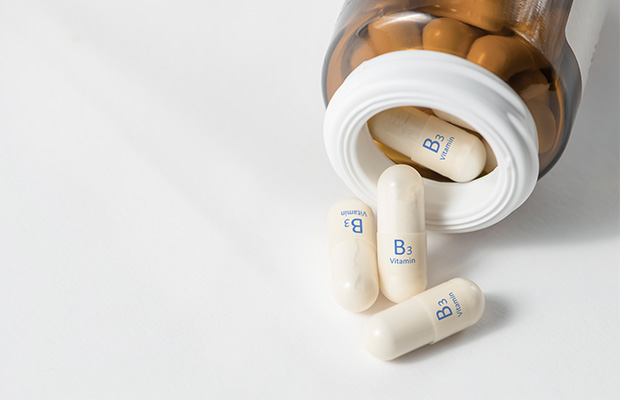Many foods can lower cholesterol. This is important for heart health, because too much cholesterol in your blood increases your risk of heart disease and circulatory problems.
1. Plant sterols and stanols help lower cholesterol
Plant sterols and stanols (also known as phytosterols) have been shown to reduce the amount of cholesterol absorbed by the intestines, thereby reducing blood cholesterol levels. A review of 124 studies published in the British Journal of Nutrition found that consuming up to 3.3 grams of phytosterols per day can gradually reduce 'bad' low-density lipoprotein (LDL) cholesterol by 6-12%, after about four weeks.
Sterols and stanols are found in margarine, milk, and yogurt. You can also find small amounts in plant-based foods such as fruits, vegetables, vegetable oils, nuts, and grains.
2. Soluble fiber in oats

Oats and barley may help lower cholesterol levels.
Oats and barley contain a type of soluble fiber called beta-glucan. This fiber forms a gel in the gut, which can bind to cholesterol and prevent it from being absorbed into the body.
Research shows that beta glucan can help reduce cholesterol levels moderately, when included in a healthy diet. A review of 58 controlled trials also published in the British Journal of Nutrition found that middle-aged people who consumed 3.5 grams of beta-glucan from oat products every day for 3-12 weeks had a 4.2% reduction in “bad” cholesterol compared to those who did not.
A 40g serving of oats contains 2g of beta-glucan, while a 250ml cup of oat milk contains 1g of beta-glucan. However, no studies have shown a link between oats and a lower risk of heart attack or stroke.
3. Allicin in garlic
A chemical in garlic called allicin may lower cholesterol and blood pressure, but research is mixed.

Garlic can lower cholesterol and blood pressure.
A small study in Iran published in 2016 in the International Journal of Preventive Medicine found that people with high cholesterol who ate 20 grams of raw garlic (about four cloves) and a teaspoon of lemon juice every day for eight weeks had significantly lower levels of “bad” cholesterol, compared with those who took just one or neither ingredient.
4. Omega-3 in fatty fish

Omega-3 fatty acids in fatty fish may increase the risk of heart disease.
Omega-3 fatty acids, commonly found in fatty fish and fish oil supplements, are thought to lower triglycerides. These fats can also increase the risk of heart and circulatory disease if they are too high.
Both DHA and EPA omega-3s are found in oily fish such as salmon, mackerel, and anchovies, and another omega-3, alpha-linolenic acid (ALA), is found in some nuts and seeds as well as oils made from them. However, omega-3 supplements are not recommended for heart disease prevention unless your doctor recommends it for high triglyceride levels.
5. Niacin

Vitamin B3 (niacin) can lower "bad" cholesterol and increase "good" cholesterol
There is some evidence that niacin (also known as vitamin B3 or nicotinic acid) can lower “bad” cholesterol and raise “good” cholesterol—high-density lipoprotein (HDL). However, this effect only occurs in some people and only when prescribed at higher doses, so it is not recommended as a supplement to lower cholesterol or prevent heart disease.
Most people can get enough of this vitamin through their diet, which includes meat, fish, nuts and seeds, as well as fortified cereals and breads. Taking niacin in supplement form can also cause severe skin flushing.
6. Policosanol found in sugarcane
Policosanol is a compound extracted from sugarcane wax. Previous studies have shown that it can lower cholesterol and improve various medical conditions…
Source: https://giadinh.suckhoedoisong.vn/an-thuc-pham-nao-co-the-giup-giam-cholesterol-172250219214435679.htm



































Comment (0)